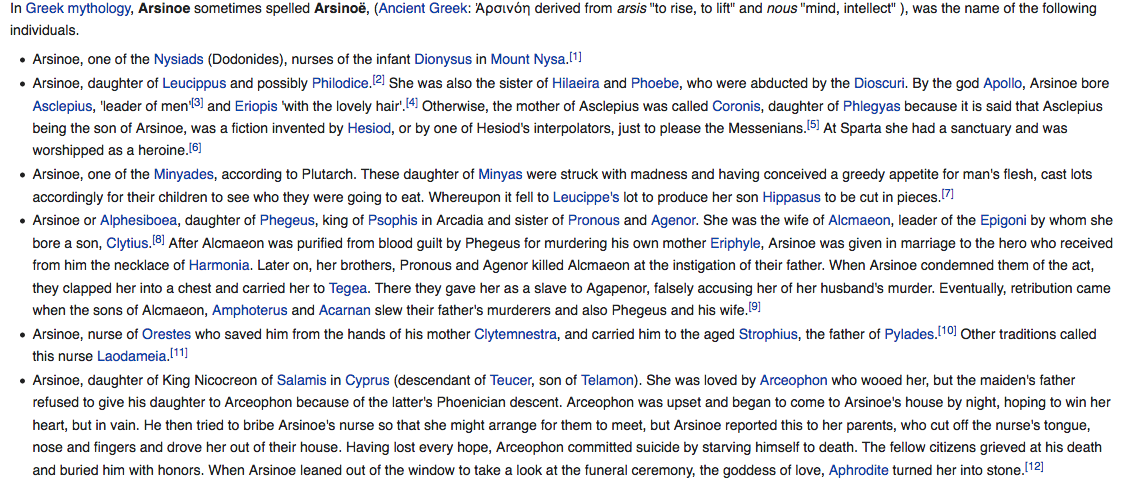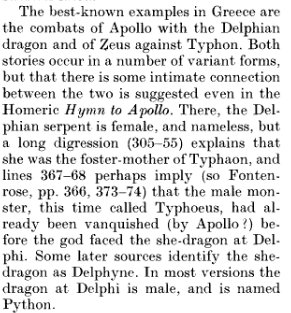Serpentis
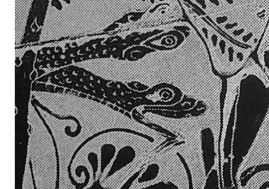
In ancient serpent iconography, there are often two snakes depicted. Many have seen these as twins but I see them as two snakes or dragons from the creation of time and the Garden of Eden. First being Ladon, killed by Heracles in the Garden. The second being Delphyne, killed by Apollon. I believe they were actually mates and were immortalized on the staff of Mercury. Mercury being the symbol of twins. In this case, not twins as in brother and sister but more the human concept of twin-flames or divine counterparts. The wings of Mercury at the top of the staff are also an homage to the two serpents actually being winged dragons or winged creatures of the Draco order.
This symbol of the Draco line is then countered with the human Nehushtan. This symbol of Moses and his ability to cure humans of the “serpent’s bite” is also associated with Asclepius. While his father is believed to either be Apollo or Iskis, the mother of Asclepius is in question. Some say it is a princess named Koronis but there are other stories where Koronis is a male. Another candidate is Arsinoe. The name Arsinoe means “mind” and “intellect.” I would see her akin to the mortal equivalent of Athena. There are several stories about Arsinoe and one must remember that some, all or none may be true. It is said she was the nurse of Dionysus. This may be significant in the rivalry between Dionysus and Aphrodite later as Dinoysus likely took sides in the mortal’s attempt to end the goddess and take her place.
Another myth has Aphrodite taking revenge upon Arsinoe for the spurning and suicide of a well-loved villager. This is likely bad press started to damage the reputation of the goddess and justify the mortal female’s continued campaign of hate.

In Typhon’s creation myth, it would seem that Tartarus and Gaia bore him through the surrogate pregnancy of Aphrodite. His death could illustrate bad blood between Aphrodite and Apollo. This was likely furthered by the fact that Artemis and Aphrodite were seen as enemies-both over the Golden Apple and Adonis. Interestingly, there is art that specifically calls out to Venus and Adonis. This could mean, as I suspect, that the Roman equivalent of Aphrodite was a separate being and I would go further to say mortal.
To note, also, is that the mother of Artemis and Leto may have ties to Lethe. This plays a part in my own story, Gold ‘n Silver, when I am forced to drink of the River Lethe in order to lose my memories.
And it is Heracles that kills Ladon in the Garden of Eden.He is the great-grandson of Perseus, murderer of the Gorgon, Medusa and the half-brother of Dionysus. It is said that he and Aphrodite had a brief love affair but that he later hunted her. In ancient Greece, to hunt a lover was seen as a sign of love. I believe this hunt was actually born of obsession, hate and jealousy.
I also postulate that while some of the Dionysian masks do look male, there are others that bear a striking resemblance to Aphrodite but include a beard. This could be the origin of the bearded Aphrodite-which is later absorbed as empowerment by transvestites and lesbians in her cult. They would have used the duality as a sign of Aphrodite being an inclusive and truly liberated goddess. However, with the cult of Dionysus, the masks would have been used by the followers of Dionysus to mock and offend the goddess. It can be seen in Dionysus temple masks below that the mask on the far left has the typical hair shown in female statuary and the facial features resemble that found on Aphrodite’s Greek statues. The beard and features are also quite different than other masks of Dionysus.
If the goddess actually rebuffed the advances of Dionysus, it could have also been his way of shaming her by implying she was a lesbian, too masculine to appeal to him or that he would only have her if she was male. Again, this undermines her beauty, power and status only in so much as his followers join in the mockery. Otherwise it only illustrates his own insecurities as a masculine, a lover and a god.
Underscoring this are the two Smithsonian articles below in which researchers uncovered similarly aged temples-one belonging to Aphrodite and the other to Dionysus. However, the Aphrodite temple was in the City of Smyrna. Smyrna (or Myrrh) was the princess who claimed to be even more beautiful than the goddess herself. She was also noted as the mother of Adonis-the lover that Aphrodite was wrongly accused of killing. It is doubtful that the residents of that city would have been friendly or reverent toward the goddess given the bad press spread by Dionysus, Smyrna and the like about her.
With regards to the relationship between Aphrodite and Dionysus, myth notes that Priapos was born of Aphrodite and Dionysus. However, his origin story is very much that of another gods thrown from Mt. Olympus-Hephaestus. It may be that Hephaestus ultimately hated Aphrodite for her beauty and set out to destroy her, along with the family of Apollo. Strangely, in 2021, the heads of statues for Dionysus and Aphrodite were found buried in a creek bed with no signs of their bodies (the opposite of what researchers usually find). Perhaps they had common enemies?
https://www.livescience.com/aphrodite-and-dionysus-statues
Given his name and tradition as blacksmith to the gods, I would not be surprised if it was Hephaestus who fashioned Hesperia and/or Hestia much like Adam fashioned Eve and they are actually his mortal/demi-god children who echoed and continued his vengeful jealousy and hate against Aphrodite.
If Aphrodite is actually a serpent goddess, it would also explain his line and that of Apollo targeting mythical serpents as well as their bloodlines.
As in the myths, this attack on the supernatural serpents is solely by humans and their hybrid offspring.
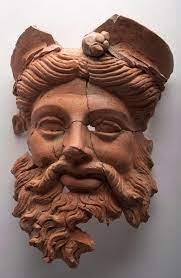
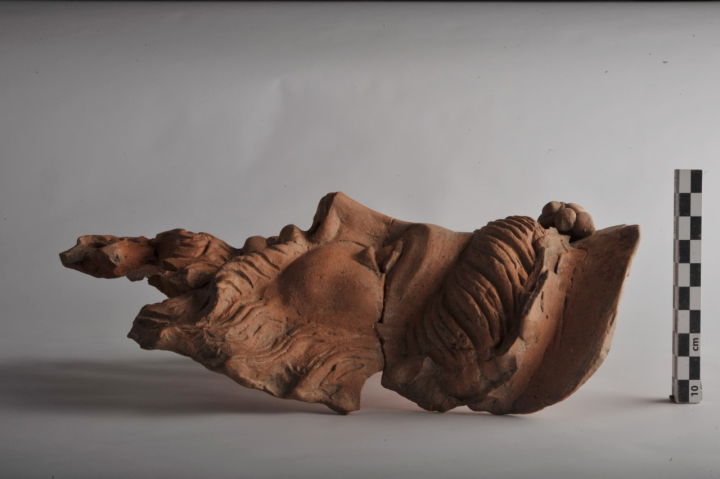

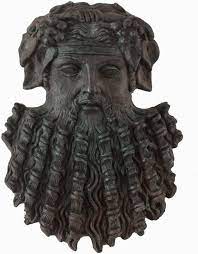
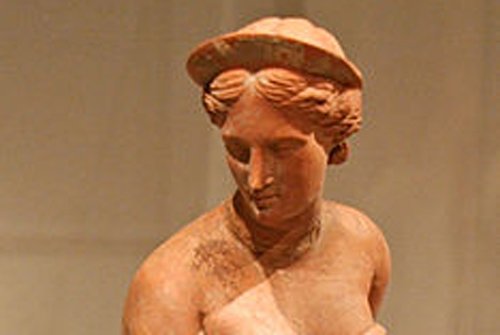
https://mcdreeamiemusings.com/blog/2019/8/10/ij6eryurmzq9pz9scmwkisgifxes2m
file:///Users/nicoleeverett/Downloads/arts-10-00002-v2.pdf
https://www.worldhistory.org/nehushtan/
https://www.jstor.org/stable/41209205
https://www.smithsonianmag.com/smart-news/archaeologists-unearth-2400-year-old-dionysus-statue-180975938/
https://www.smithsonianmag.com/smart-news/2500-year-old-temple-aphrodite-found-turkey-180976694/
https://www.deccanherald.com/content/358862/goddess-aphrodite-statue-unearthed-turkey.html

